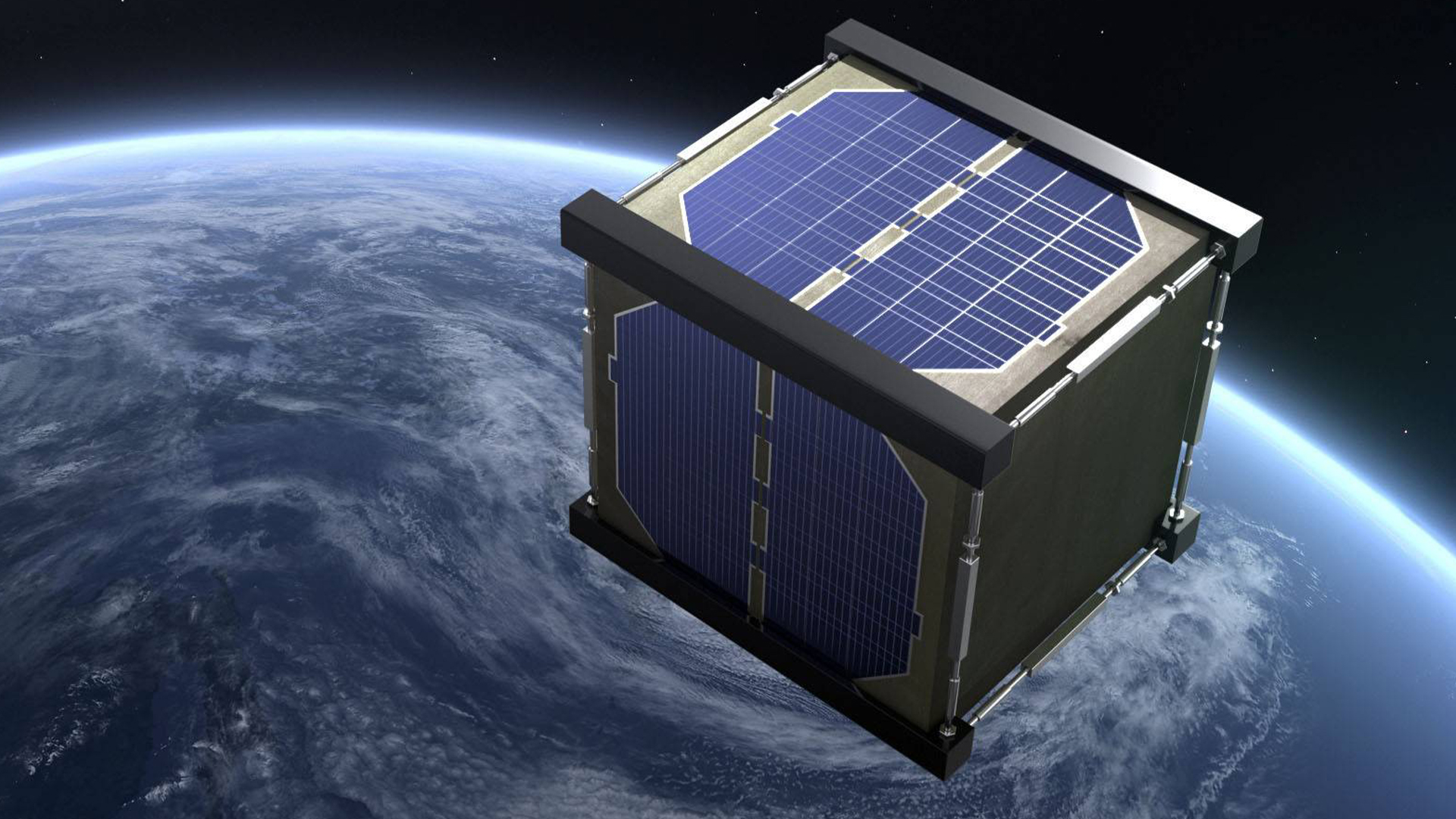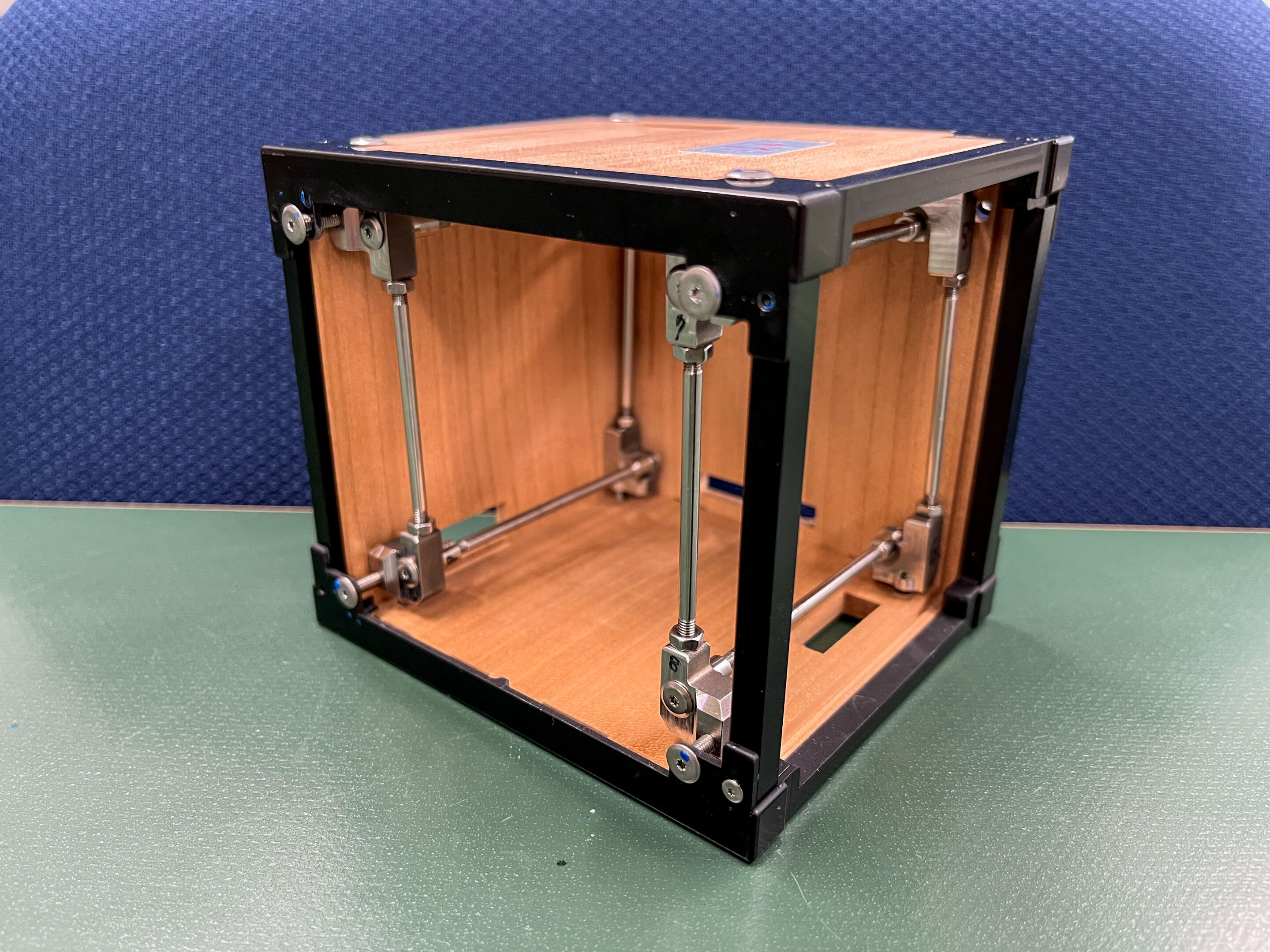
The world's first wooden satellite is officially in Earth orbit.
LignoSat, a coffee mug-size satellite made from magnolia wood, was successfully deployed from the International Space Station (ISS) in December 2024, NASA announced in a statement on Jan. 7.
Developed by the Japan Aerospace Exploration Agency (JAXA) and shepherded into space by NASA, LignoSat will help investigate the use of wood in space in a bid to make spaceflight more sustainable.
The first wooden satellite
Wood doesn't burn or rot in the lifeless vacuum of space, but it will incinerate into a fine ash upon reentry into Earth's atmosphere — making it a surprisingly useful, biodegradable material for future satellites. After successfully testing their wood samples aboard the ISS earlier in 2024, the scientists deemed the test satellite fit for launch.
"Three wood specimens were tested and showed no deformation after space exposure," the researchers said in a statement in May 2024. "Despite the extreme environment of outer space involving significant temperature changes and exposure to intense cosmic rays and dangerous solar particles for ten months, tests confirmed no decomposition or deformations, such as cracking, warping, peeling, or surface damage."

To decide which wood to use, the scientists sent three wood samples — magnolia, cherry or birch — to the ISS to be kept in a module that was exposed to space. The researchers settled upon magnolia because it is less likely to split or break during manufacture.
More than 9,300 tons (8,440 metric tons) of space objects — including space junk such as inoperative satellites and chunks of spent rocket stages — currently orbit Earth. But the shiny metals they are made from, such as lightweight titanium and aluminum, increase the overall brightness of the night sky by more than 10% over large parts of the planet, creating ambient light pollution that makes distant space phenomena harder to detect.
Spacecraft made from metal are also expensive and pose a threat to the ISS, other spacecraft carrying humans and — if they're big enough to survive reentry — people on Earth too. Wooden satellites like LignoSat should theoretically be less harmful as space junk, according to the researchers.
Editor's note: This article was updated on Jan. 9, 2025 to announce that LignoSat was safely deployed into orbit.







